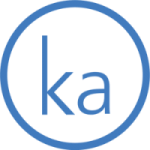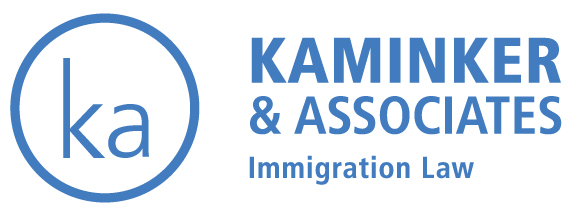CANADIAN BORDER: Do Not Get Caught by Surprise – Stay Up to Date with Visa Exemptions
If you are looking to work in Canada, you may know that the type of work permit you need will vary, depending on your role, your industry, or your country of origin.
Thanks to Canadian laws trying to assist businesses in attracting the best foreign talent to the country, you might be eligible for an exemption which would allow you to enter Canada without going through the normal work permit process of obtaining a Labour Market Impact Assessment.
However, the government often adjusts the specific rules for what does and does not require an exemption. Even if you qualified for an exemption the last time you crossed the border, the regulations might not be the same this time.
Because there is no rule as to when or how often these changes occur, it can be difficult to keep on top of them. Adjustments to immigration exemptions can be announced days apart, and there is no predictable or standard date as to when they come into effect.
Perhaps you might find out about a new set of requirements only a few hours before crossing, but do not have time to gather the necessary paperwork or to contact the visa office so you can provide the correct information.
Worse still, you could arrive at the border, unaware of any changes in Canadian immigration exemptions, and simply be denied entry.
Often, businesses only have a few months’ notice to ensure they comply with any modifications to visa requirements if they want to bring in foreign workers, and sometimes the processing can take months.
What makes things more difficult is that revisions to immigration law can be quite specific, either to a particular country of origin, or specific to only certain industries or roles.
These issues can become even more complicated if there are workers coming from different countries, as even if the requirements to enter Canada may be the same, they may not apply to all travelers at the same time.
For example: on July 31, 2018, a law requiring people applying for a work permit to provide biometrics, such as fingerprints and a photo, came into effect for those traveling on European, Middle Eastern or African passports. However, for citizens from Asia, the Asia-Pacific and the Americas, the rules do not apply until December 31, 2018.
Keep An Eye on Changes That Are Only Temporary
Perhaps one of the most difficult areas to keep a track of are visa arrangements and programs that are only in effect for a limited amount of time.
One such example is the Global Skills Strategy pilot program. Designed to open Canada to foreign workers in specific skilled industries such as engineering, architecture or computing, the program came into effect in 2017.
While it has proved useful in helping businesses attract skilled foreign nationals by shortening the processing time for a LMIA to two weeks, or even allowing managers and professionals in certain industries to be exempt from needing an LMIA as long as they are entering to work in Canada for less than 30 days, the program is only a twenty-four-month pilot, meaning that it could possibly end or be adjusted in 2019.
On the program’s one-year anniversary, three new occupations were added to the list of those eligible to be processed, while one was removed and two were amended.
This can happen to programs allowing for work permit exemptions, meaning that even if you didn’t require an LMIA or a work permit last time, the rules might be different this time. And though these adjustments may only be small, they can positively or negatively affect Canadian companies looking to bring in foreign workers for business purposes and growth.
How to Keep Up to Date With the Latest Visa Adjustments
The department of the Canadian government that oversees visa regulations, Immigration, Refugees and Citizenship Canada (IRCC), offers an email newsletter to keep people up to date. However, these newsletters may not necessarily be sent out on a regular basis. It also might not provide the most relevant information, since it is a generic newsletter that is not tailored to specific industries, countries, or cases. Moreover, it only outlines the most recent visa requirement revisions, so if a regulation was modified more than a month ago, any information you need will likely not be included.
The best advice is to work with an immigration lawyer who will be aware of any changes that could affect your company’s ability to bring in foreign talent. Though bringing in foreign workers, particularly those with a high skill level and who are only seeking to enter for a short amount of time, has become easier lately, the rules can be modified at any time.
A lawyer specializing in immigration law will be able to help your company navigate the complex and specific requirements, to make sure you or your employees do not face any issues in crossing into Canada.
Connect with Hart Kaminker, Principal, Kaminker & Associates Immigration Law on LinkedIn.




Leave a Reply